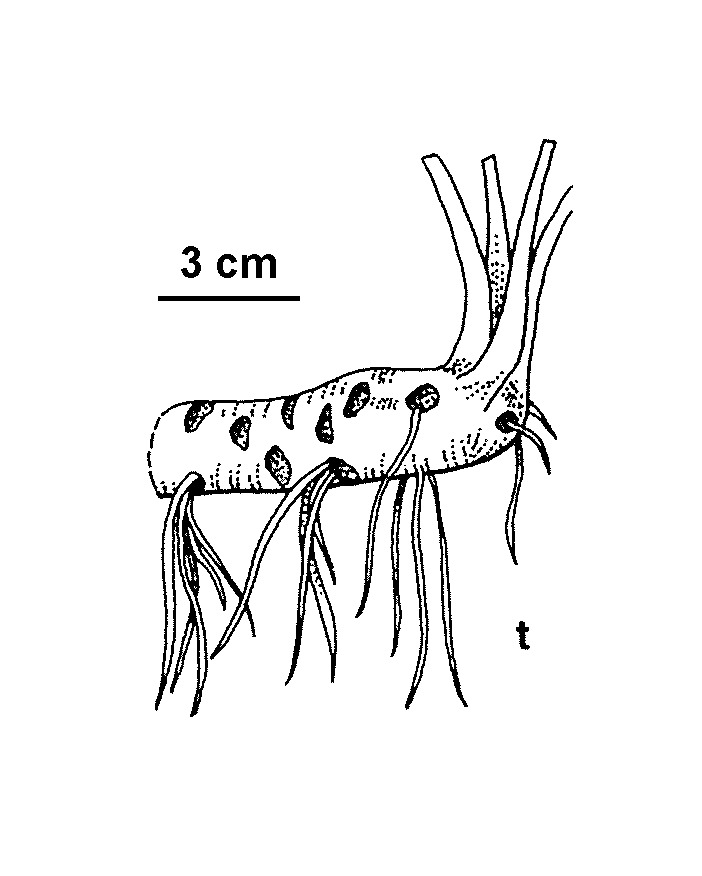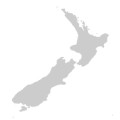Nymphaea alba
L. White WaterlilyRhizomes horizontal, strong, vigorous, branching, producing roots all along their length. Leaves suborbicular with a radial sinus, to c. 30 cm diam., dark green above, paler and reddish below, margins obscurely sinuate. Flowers to c. 20 cm diam., floating, closing at night; sepals 4, lanceolate, green, white inside; petals 20–25, broad-ovate, white, cream, pink, orange or red, passing into petaloid stamens; stamens c. 50, yellow; ovary lobes 14–20, yellow. Berry sub-globose to obovoid, 1.8–4 cm diam.; seeds (not observed in Victorian specimens) many, c. 3 mm long or more. Flowers mostly summer.
VVP, VRiv, MuF, GipP, OtP, CVU, DunT, HSF, OtR. Also naturalised NSW. Native of Europe. Reported as naturalised in Victoria in a swamp at Glenthompson, along the Barwon River near Geelong and at Studley Park. Apparently deliberately introduced and reproducing vegetatively, possibly with the assistance of water fowl.
Jeanes, J.A. (1996). Nymphaeaceae. In: Walsh, N.G.; Entwisle, T.J., Flora of Victoria Vol. 3, Dicotyledons Winteraceae to Myrtaceae, pp. 30–32. Inkata Press, Melbourne.
 Spinning
Spinning



